Archive
Emma Bormann
- Emma
- Bormann
Milch
- 29-07-1887
- Vienna (AT)
- 28-10-1974
- Riverside (US)
- Artist
Emma Bormann was a pioneering artist and printmaker. Her oeuvre gives witness to her extensive travels around the globe and to the agility and versatility of her artistic rendering of the urban sites she encountered.
Word Count: 35
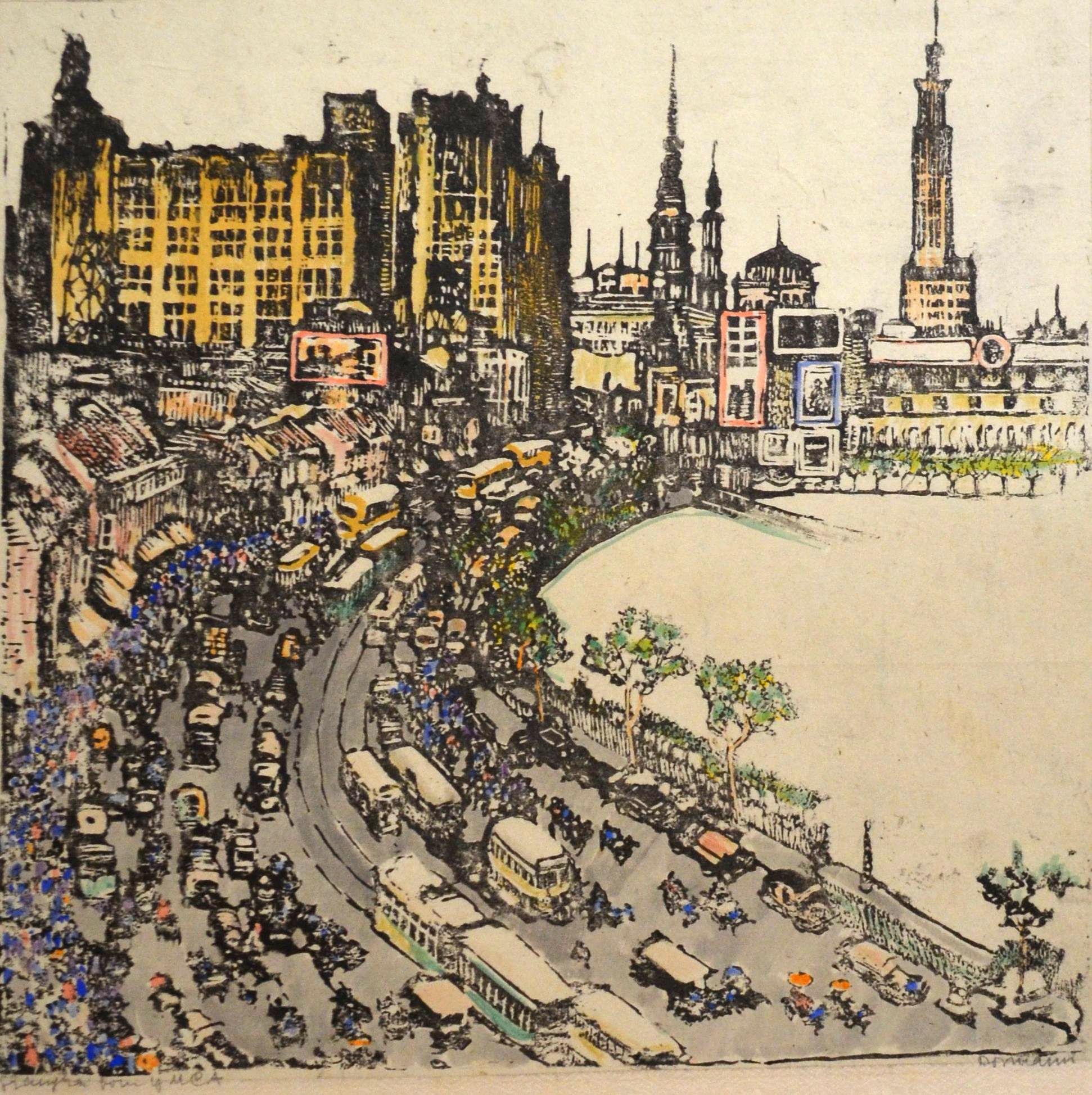
Emma Bormann, Shanghai from YMCA, wood or lino cut, around 1940 (© private collection). 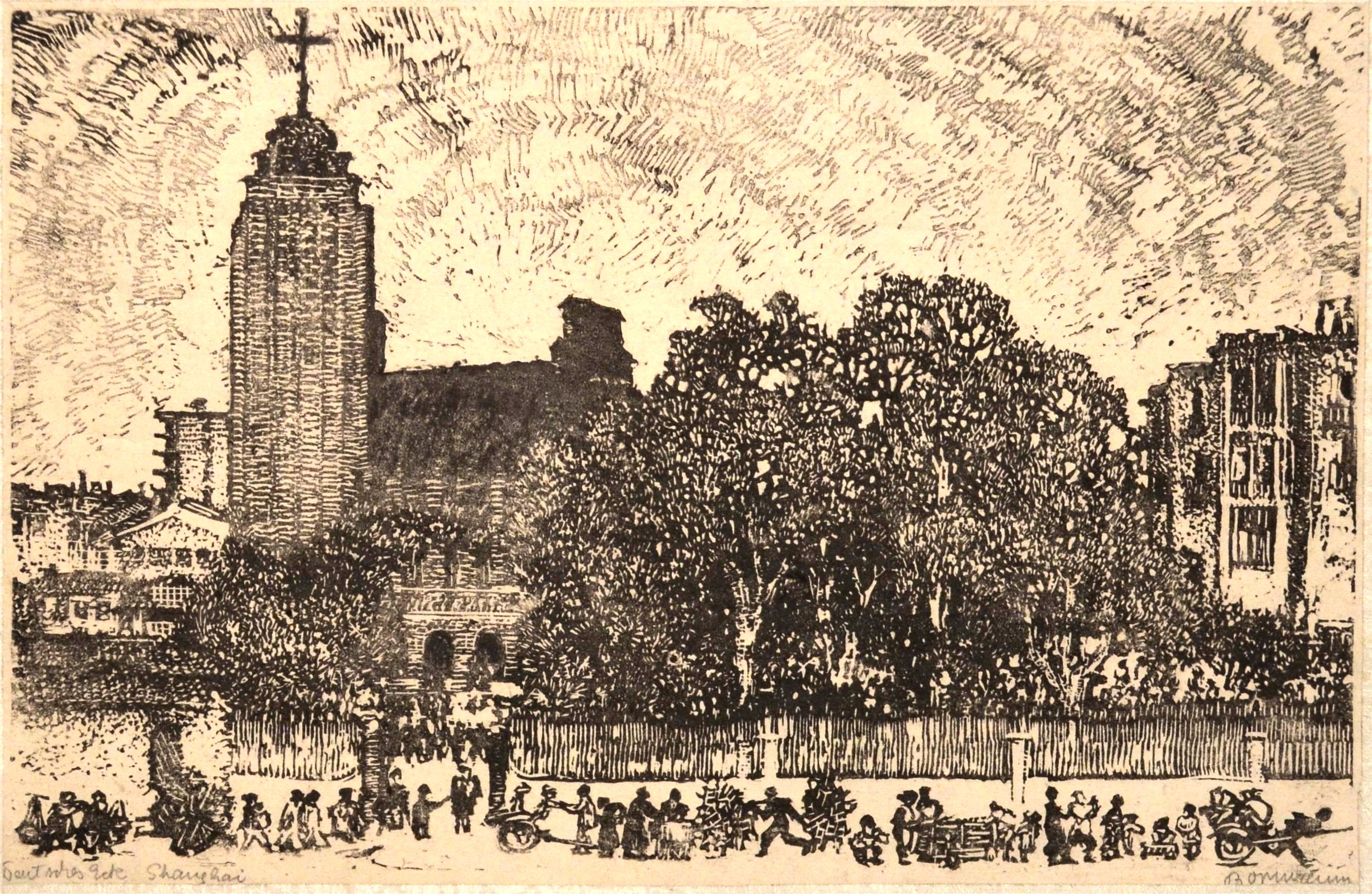
Emma Bormann, Deutsches Eck [German Corner], wood or lino cut, around 1949 (© private collection). 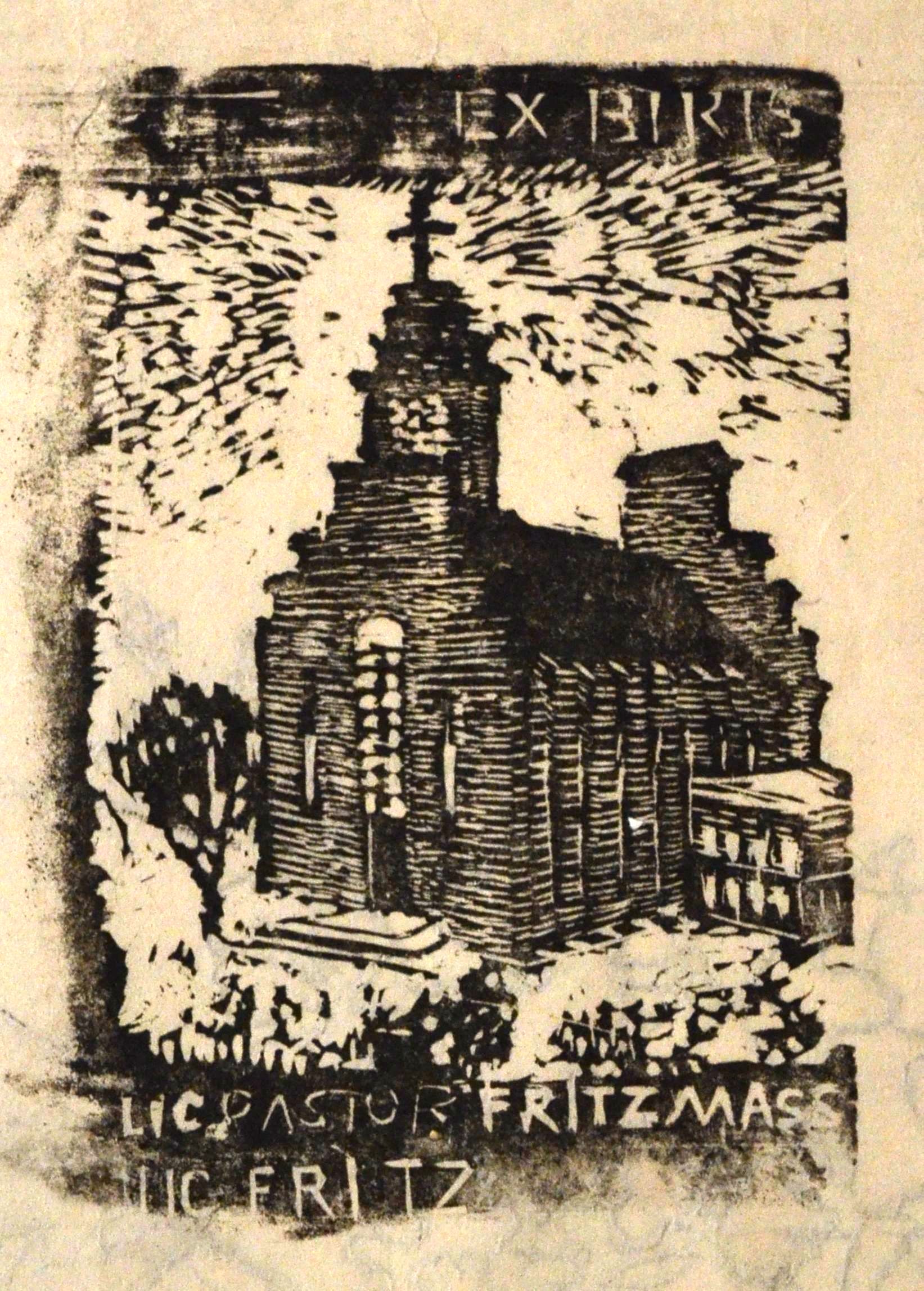
Emma Bormann, Ex Libris Fritz Maas, around 1940, Shanghai (© private collection). 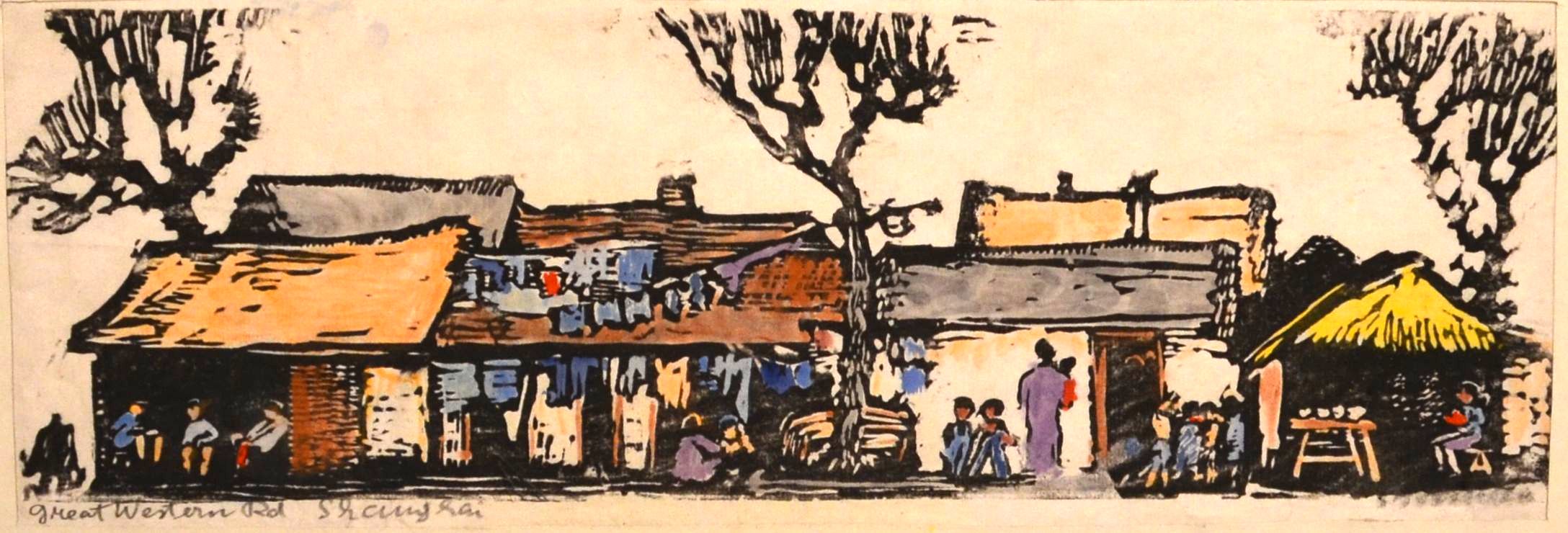
Emma Bormann, Great Western Road, wood or lino cut, around 1940 (© private collection). 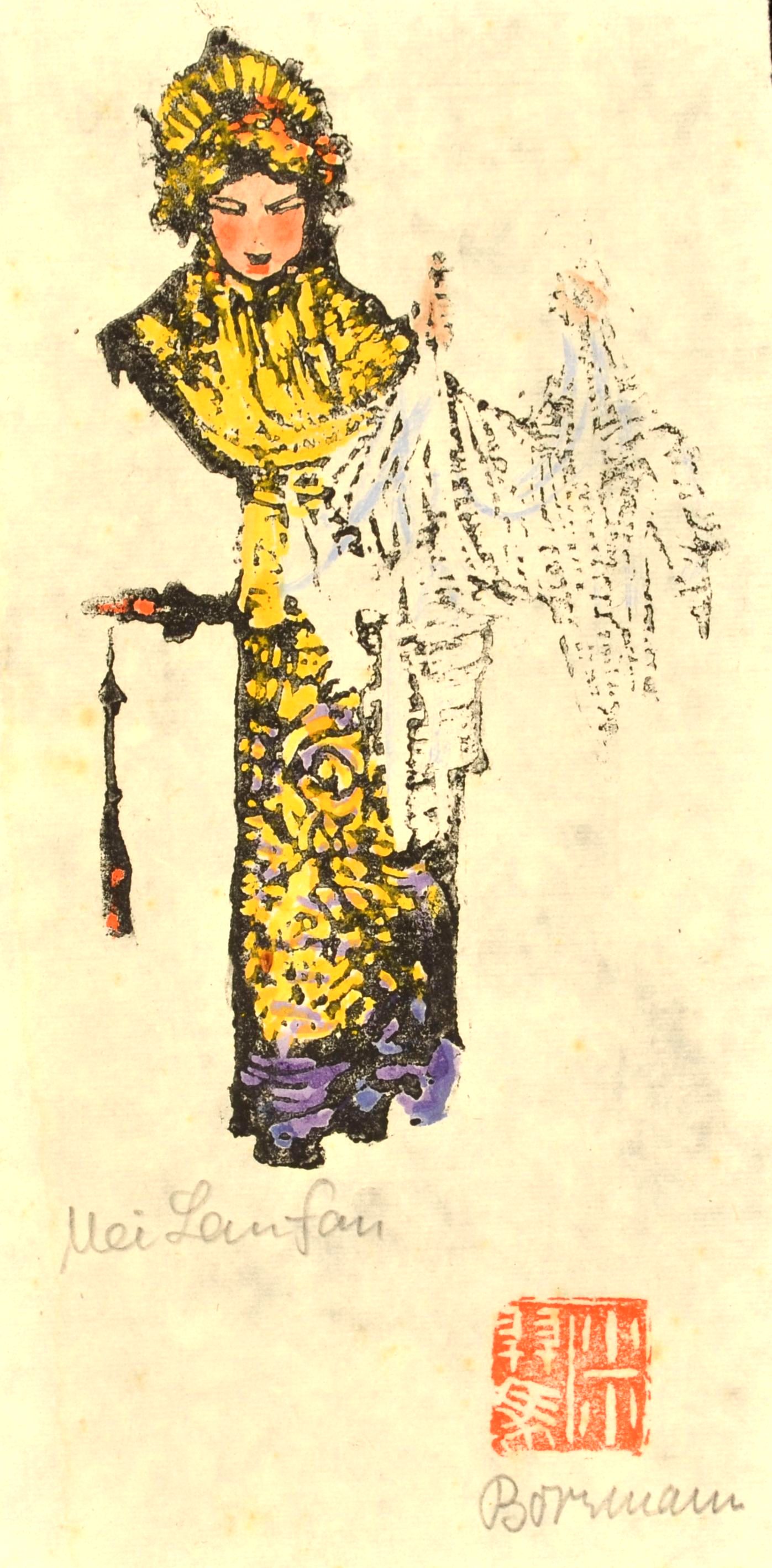
Emma Bormann, Mei Lanfang, wood or lino cut, around 1940 (© private collection). 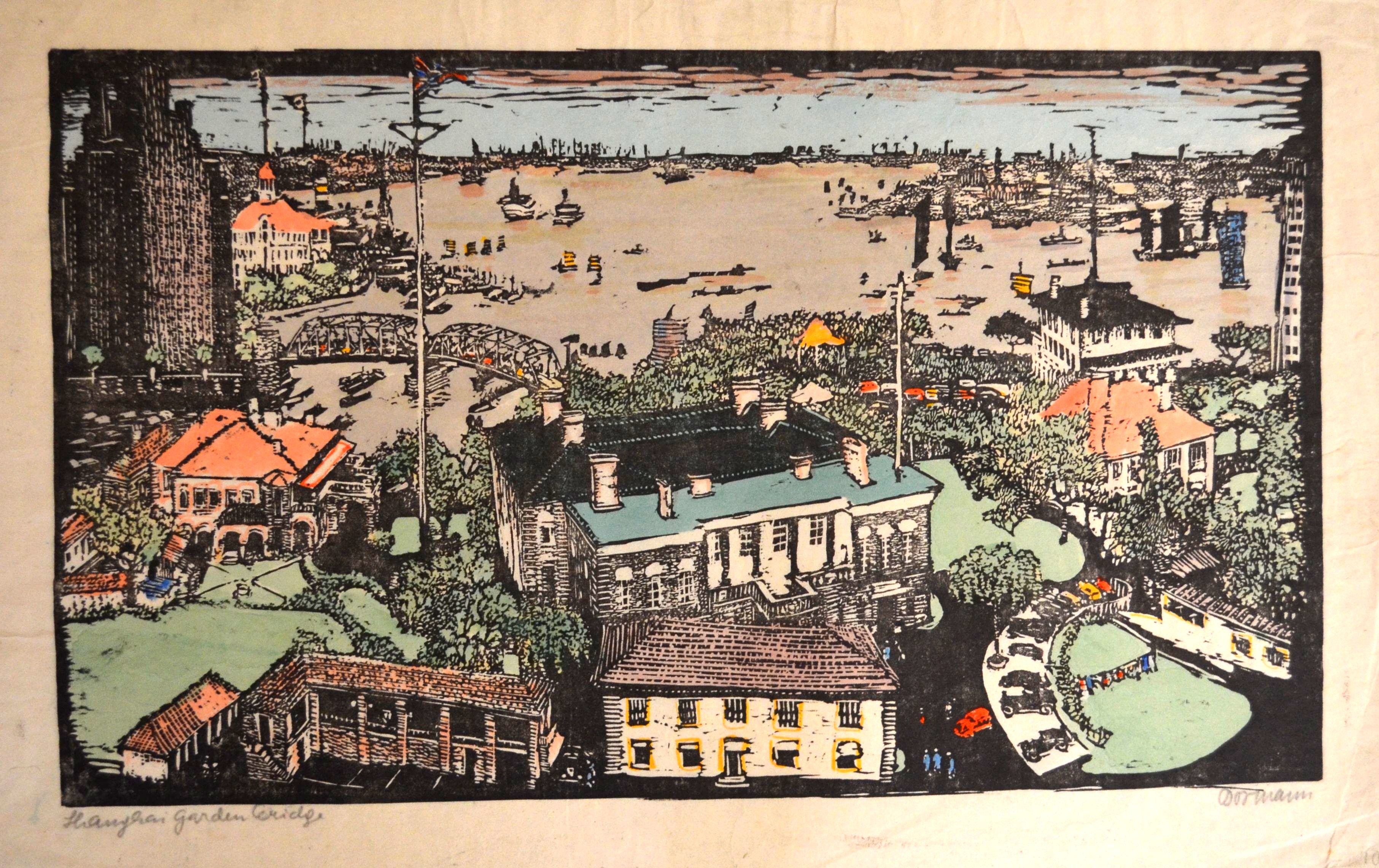
Emma Bormann, Garden Bridge, woodcut or linocut, around 1940, Shanghai (© private collection). 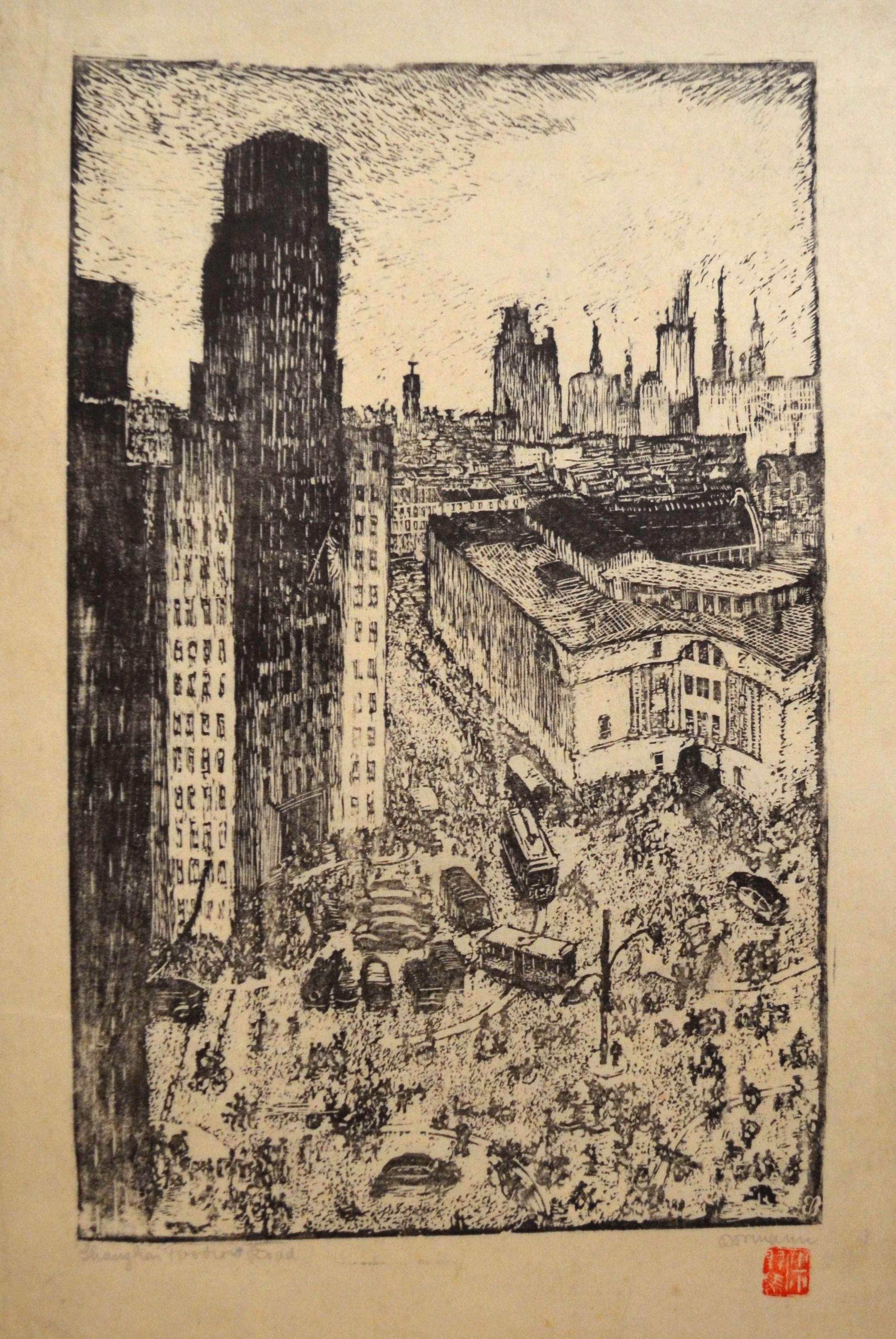
Emma Bormann, Foochow Road, wood or lino cut, around 1940, Shanghai (© private collection). 
Church Missionary Society House, 89 Range Road, Shanghai, around 1915 (© 2008 Peter Lockhart Smith, University of Bristol, Historical Photographs of China, www.hpcbristol.net). Bormann, Emma. Das Skibuch. Brieflicher Lehrgang des Skilaufes für perfekte Läufer und solche, die es doch nie werden wollen. Gesellschaft für Vervielfältigende Kunst, 1922.
Furst, Herbert and W. Thomas Smith. The Modern Woodcut: A Study of the Evolution of The Craft. John Lane, 1924.
Freyeisen, Astrid. Shanghai und die Politik des Dritten Reiches. Könighausen & Neumann, 1999.
Johns, Andreas. The Art of Emma Bormann. Ariadne Press, 2016.
Kaminski, Gerd. Der Pinsel hinterlässt Spuren: Das Vermächtnis von Emma Bormann. ÖGCF, 2006.
Weixlgärtner. Arpad. „Graphische Arbeiten von Emma Bormann.“ Die Graphischen Künste, vol. 45, no. 2–3, 1922, pp. 64–71.Word Count: 97
Albertina, Vienna
British Museum, London
Cleveland Museum of Art
Dr. Martin Luther King, Jr. Library, San José
Fine Arts Museum of San Francisco
Kröller-Müller Museum, Otterlo
Library of Congress, Washington, D.C.
Metropolitan Museum, New York
Minneapolis Institute of Art
Museum of Fine Arts, Boston
National Art Gallery, Melbourne
National Gallery of Art, Washington
National Art Gallery, Melbourne
Rijksmuseum, Amsterdam
The Baltimore Museum of Art
The Queensland Art Gallery | Gallery of Modern Art
Victoria & Albert Museum, LondonWord Count: 66
Shanghai, China (1941–1950)
Church Missionary Society House (C.M.S.), House 89 Range Road, Hongkou (now Wujin Lu, Hongkou Qu); 1220 Avenue Haig 20, French Concession (now Huashan Lu, Changning Qu) Shanghai
- Shanghai
- Mareike Hetschold. "Emma Bormann." METROMOD Archive, 2021, https://archive.metromod.net/viewer.p/69/2952/object/5138-11786459, last modified: 14-09-2021.
-
Hubertus CourtPrintShanghai
The print was made by the artist Emma Bormann during her exile in Shanghai in the 1940s.The title suggest that the print offers a bird’s eye view from the Hubertus Court building.
Word Count: 34
David Ludwig BlochArtistShanghaiDavid Ludwig Bloch is known for his paintings and watercolours revolving around the Holocaust and his exile. With the woodcuts from his time in exile in Shanghai, Bloch created an artistic account of everyday life in the city, while harvesting the simplicity of form and colour of the medium.
Word Count: 49
Friedrich Hermann SchiffArtistCartoonistDesignerShanghaiFriedrich Schiff was an Austrian-born artist who went to Shanghai in 1930. He became known for his humorous cartoons, which were enjoyed by the colonial bourgeoisie.
Due to his Jewish origins, he was unable to return to Austria after Hitler’s annexation of Austria in 1938. He left Shanghai for Buenos Aires in 1947.Word Count: 51
Richard PaulickArchitectDesignerShanghaiAfter studying with Hans Poelzig, Richard Paulick worked in Walter Gropius’s office and frequented the Bauhaus in Dessau before emigrating to Shanghai in 1933. After his return, he became an influential planner and architect in the GDR, from 1950 until his retirement
Word Count: 41
Victor PodgourskyArtistDesignerTeacherShanghaiVictor Podgoursky spent more than twenty-five years in Shanghai, working as an artist, teacher and designer. As a long-standing member of the Shanghai Art Club, he acted as the resident art critic and an instructor in life drawing and painting for the members.
Word Count: 43
NankingBookShanghaiNanking is a photobook containing 200 pictures taken in and around Nanking by the German photographer Hedda Morrison (née Hammer) and texts by Alfred Hoffmann. It was published in Shanghai in 1945 by Max Noessler & Co.
Word Count: 36